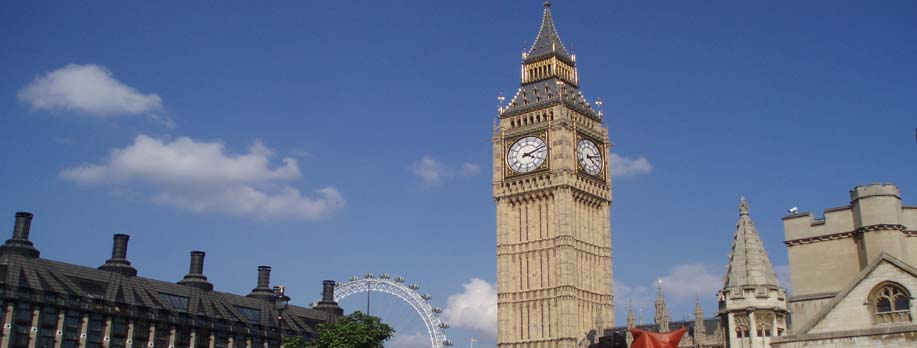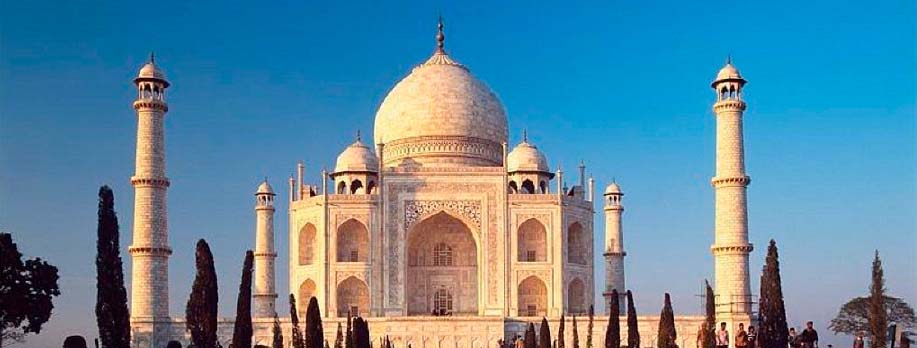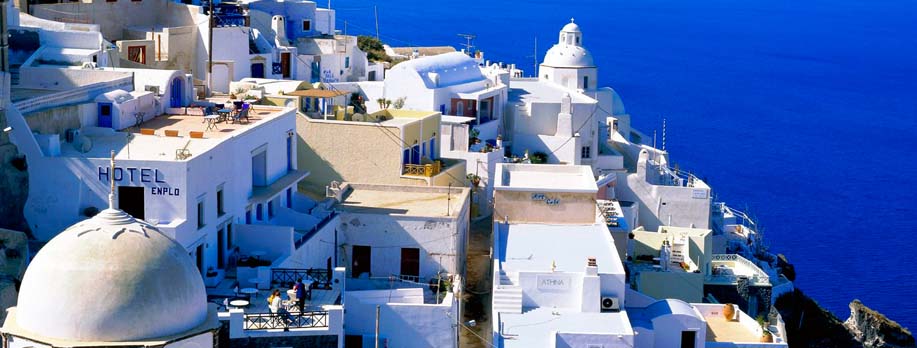JAMA MASJID - Ahemdabad
The Jama Masjid of Ahmedabad is one of the most beautiful mosques in the country. Located to the east of the Teen Darwaja besides Mahatma Gandhi road, the mosque was built in AD 1423 by Ahmad Shah. Built in the Indo-Saracenic style, the mosque has 260 columns supporting the roof. The dome is illuminated by the natural light which is reflected into it by the external roofs. One of the major attractions of the mosque is the beautiful stonework of the Muluk-Khana or the Royal Gallery, which is a platform standing on pillars.

SHAKING MINARETS - Ahemdabad
The Sidi Bashir Mosque, commonly known as the Shaking Minaret or Jhulta Minar, is located outside the Sarangpur Gate. An interesting thing about the minarets is that if one of the minarets is shaken, the other begins to vibrate on its own. The minarets evoke lot of curiosity and are the major attraction here. The mechanism that causes the vibration is still a mystery and it is believed that that the vibration is a protection against the damage caused by the earthquakes

CALICO TEXTILE MUSEUM - Ahemdabad Started in 1949, the Calico museum of fabric, yarn and textiles today houses designs, print and blocks from all over the world. Some the exhibits that attract the attention of a visitor are the paintings on cloth called kalamkari (/’pen work/’), and designs from Rajasthan, Himachal Pradesh, Kashmir, and the North Eastern states of India. The museum also has a collection of marble, sandstone and bronze icons and busts split in two thematic sections—galleries for religious textiles and historical textiles. The Museum is located in Sarabhai House, a former haveli (bungalow) in the Shahi Bagh Gardens locality of the city.
HATHI SINGH TEMPLE - Ahemdabad Built in 1848, this two-storeyed structure in pure white marble is dedicated to Dharmanath, the fifteenth Jina or Jain apostle. The temple has 52 shrines, each with an image of a Jain Tirthankara. Located outside the Delhi Gate, the temple is named after its builder Sheth Hathi Singh.
STEP-WELLS - Ahemdabad Known as wavs or baolis in the local dialect, the step-wells are constructions unique to North India. The Dada Hari Wav, supposed to be one of the best wells, was built in 1501. The well has a series of steps leading down to the lower platforms terminating at a small octagonal well. Even on the hottest day, the interiors of the well remain quite cool. Though in a neglected state today, the well is a fascinating place to visit.
SABARMATI ASHRAM - Ahemdabad
Seven kilometres to the north of the city on a quiet stretch of the river Sabarmati lies the ashram set up by Mahatma Gandhi in 1915. The Sabarmati Ashram, as it is popularly called, was the first Satyagraha Ashram set up by Gandhi. The ashram still makes handicrafts, handmade paper and spinning wheels. Hridaya Kunj, the cottage where Mahatma Gandhi lived, is preserved as it was during his lifetime. The Gandhi Ashram also houses a small memorial. Visitors can have a look at a sound and light spectacle that takes place three days a week.

VISHALA/VEECHAR (UTENSILS MUSEUM) - Ahemdabad In the compound of the Vishala restaurant is located the Utensils Museum. The museum has a unique collection of nutcrackers, locks and utensils. Vishala serves traditional Gujarati food in village surroundings.
SIDI SYED MOSQUE - INTERIOR - Ahemdabad
The mosque was built by Sidi Sayid, Ahmad Shah/’s slave, in AD 1573. The mosque is famous for its stone tracery and the motifs of the banyan tree on its windows. It is located near the Lal Darwaza (Red Gateway) and is very close to the river end of the Relief Road

Ahmedabad City Travel Guide |
Sight Seeing of Ahmedabad |
Excursion in Ahmedabad
Ahmedabad Hotels










